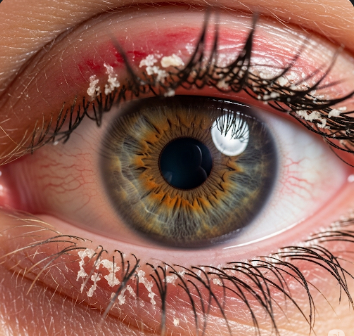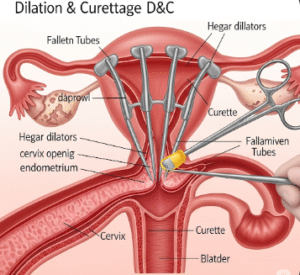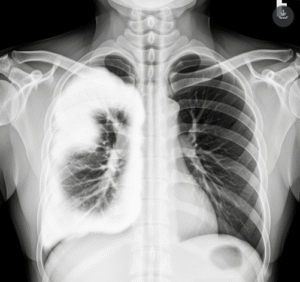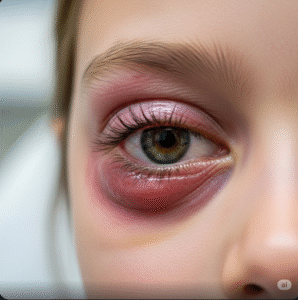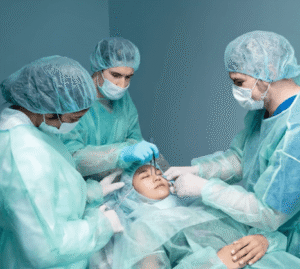Overview
Blepharitis is a common inflammation of the eyelid margins, often causing redness, irritation, and crusting around the eyelashes. It is a chronic condition that can affect people of all ages and is frequently associated with other ocular or systemic conditions such as dry eye syndrome, rosacea, or seborrheic dermatitis.
In Korea, ophthalmology clinics provide specialized evaluation and management, including advanced diagnostic tools, therapeutic eyelid hygiene techniques, and medications. Early treatment helps prevent complications such as chronic discomfort, eyelid damage, or recurrent eye infections.
What is Blepharitis?
Blepharitis refers to the inflammation of the eyelid edges where the eyelashes grow. The condition is categorized into:
- Anterior blepharitis: Affects the front edge of the eyelid, typically involving bacteria such as Staphylococcus aureus or skin conditions like seborrheic dermatitis
- Posterior blepharitis: Involves inflammation of the inner eyelid (meibomian glands), often associated with meibomian gland dysfunction
- Mixed blepharitis: Combination of anterior and posterior forms
While blepharitis is rarely sight-threatening, it can cause chronic irritation, eyelid scarring, or secondary eye infections if left untreated.
Symptoms
Common symptoms of blepharitis include:
- Red, swollen, or itchy eyelids
- Burning or stinging sensation in the eyes
- Crusty debris around eyelashes, especially upon waking
- Tearing or watery eyes
- Sensitivity to light (photophobia)
- Gritty or foreign body sensation
- Dry eyes or intermittent blurry vision
- Recurrent eye infections in severe cases
Symptoms are often persistent and fluctuate, worsening with stress, allergies, or poor eyelid hygiene.
Causes
Blepharitis results from chronic inflammation due to multiple factors, including:
- Bacterial overgrowth: Commonly Staphylococcus aureus
- Meibomian gland dysfunction: Oil gland blockage leading to eyelid irritation
- Skin conditions: Seborrheic dermatitis, rosacea, or eczema
- Allergies: Environmental or contact allergens affecting eyelids
- Environmental irritants: Smoke, dust, or chemical exposure
- Other ocular conditions: Dry eye syndrome or contact lens use
- Immune system factors: Autoimmune responses may exacerbate inflammation
Risk Factors
- Age: More common in adults but can occur in children
- History of skin disorders like rosacea or seborrheic dermatitis
- Chronic use of contact lenses
- Poor eyelid hygiene or infrequent cleaning of eyelid margins
- Oily skin or dandruff
- Environmental exposure to irritants such as pollution or smoke
- Compromised immune system
Complications
If left untreated, blepharitis may lead to:
- Chronic eyelid inflammation: Thickening or scarring of eyelid margins
- Eyelash abnormalities: Misaligned or loss of eyelashes (madarosis)
- Secondary infections: Styes (hordeolum) or chalazion formation
- Dry eye syndrome: Due to meibomian gland dysfunction and reduced tear quality
- Conjunctivitis: Inflammation spreading to the conjunctiva
- Reduced quality of life: Persistent irritation, discomfort, and cosmetic concerns
Prevention
Preventive strategies focus on eyelid hygiene and management of underlying conditions:
- Daily eyelid cleaning: Warm compresses and gentle lid scrubs to remove debris and excess oil
- Proper eye makeup removal: Avoiding residue that can promote bacterial growth
- Management of skin conditions: Treat seborrheic dermatitis, rosacea, or eczema effectively
- Limit environmental irritants: Reduce exposure to smoke, dust, or allergens
- Contact lens hygiene: Regular cleaning and proper use of lenses
- Routine ophthalmologic check-ups: Early detection and management of eyelid inflammation
Treatment Options in Korea
Diagnosis
Korean ophthalmologists use advanced diagnostic techniques for accurate assessment:
- Comprehensive eye examination: Evaluates eyelid margins, lashes, and conjunctiva
- Slit-lamp examination: Identifies inflammation, crusting, and gland dysfunction
- Meibomian gland evaluation: Detects blockage or dysfunction
- Microbiological testing: Identifies bacterial overgrowth in chronic or recurrent cases
Medical Management
Treatment is tailored according to the type and severity of blepharitis:
- Eyelid hygiene routines: Warm compresses, gentle cleansing, and lid massages
- Topical antibiotics: Such as erythromycin or bacitracin ointments for bacterial involvement
- Oral antibiotics: Tetracyclines (doxycycline or minocycline) for posterior blepharitis or meibomian gland dysfunction
- Anti-inflammatory agents: Topical corticosteroids or cyclosporine for severe inflammation
- Artificial tears: To relieve dryness and irritation
- Management of underlying conditions: Treating rosacea or seborrheic dermatitis concurrently
Supportive Care
- Education on proper eyelid hygiene and regular cleaning
- Avoiding triggers such as allergens or irritants
- Long-term monitoring for recurrent or chronic cases
- Regular ophthalmologic follow-ups to prevent complications
Prognosis
Blepharitis in Korea generally has a favorable prognosis with proper management:
- Acute symptoms often improve within days to weeks with eyelid hygiene and medical therapy
- Chronic or recurrent blepharitis may require long-term maintenance care
- Early intervention prevents complications such as eyelid scarring, dry eye, or secondary infections
- With patient education and adherence to treatment protocols, most individuals maintain healthy eyelids and improved comfort

